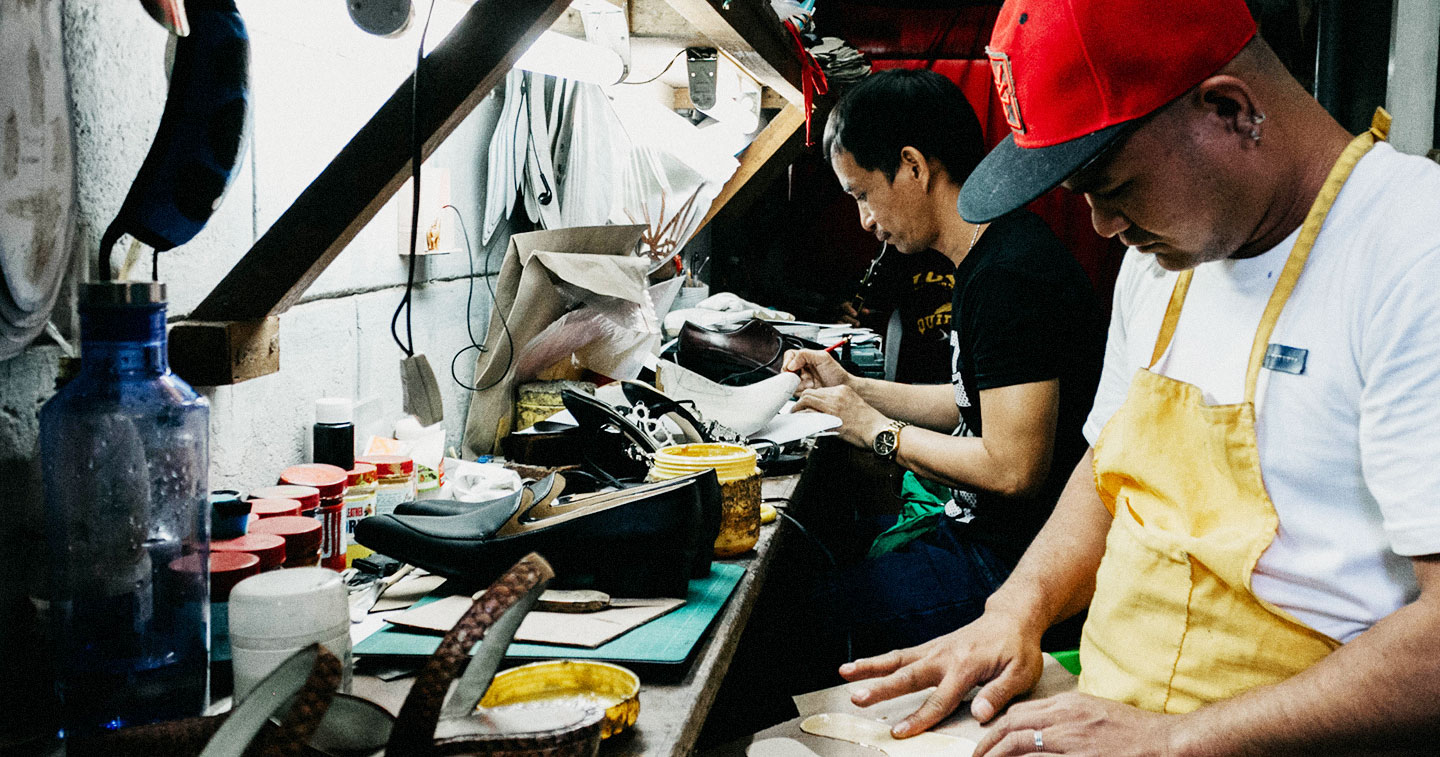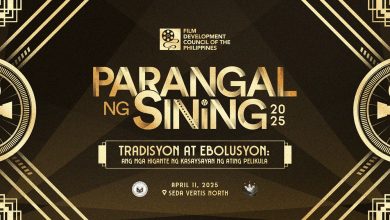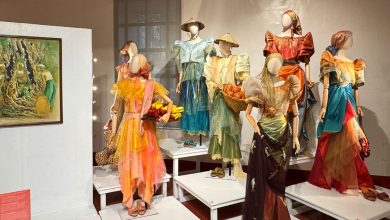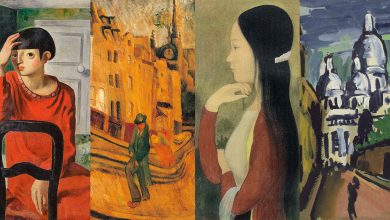MANILA, PHILIPPINES — At first glance, one would not think that the small bungalow behind the black, iron gate is anything else but a house. Apart from the giant “Z” that sits atop the gate, made from molds of human feet (or what a shoemaker would call a shoe last), Zapateria easily blends in this quiet neighborhood of Marikina, where only a few cars roll by and young children can be spotted playing outside. Inside the gate, however, past the empty garage, the image of a shoemaking hub comes alive.
The steady thump of mallets against wood easily greets curious visitors, followed by the combined smells of glue, leather, and sweat wafting in the air. Within the house itself, assortments of shoes and shoe lasts can be found everywhere, whether hanging on an avant-garde chandelier, standing on steel racks, or even just lying on the communal table, where designers and makers labor meticulously over their work. On this late Friday afternoon, the room is mostly quiet and empty, save for the gentle hum of the air-condition and the hushed voices of a few remaining workers in red aprons, huddled over their respective stations.
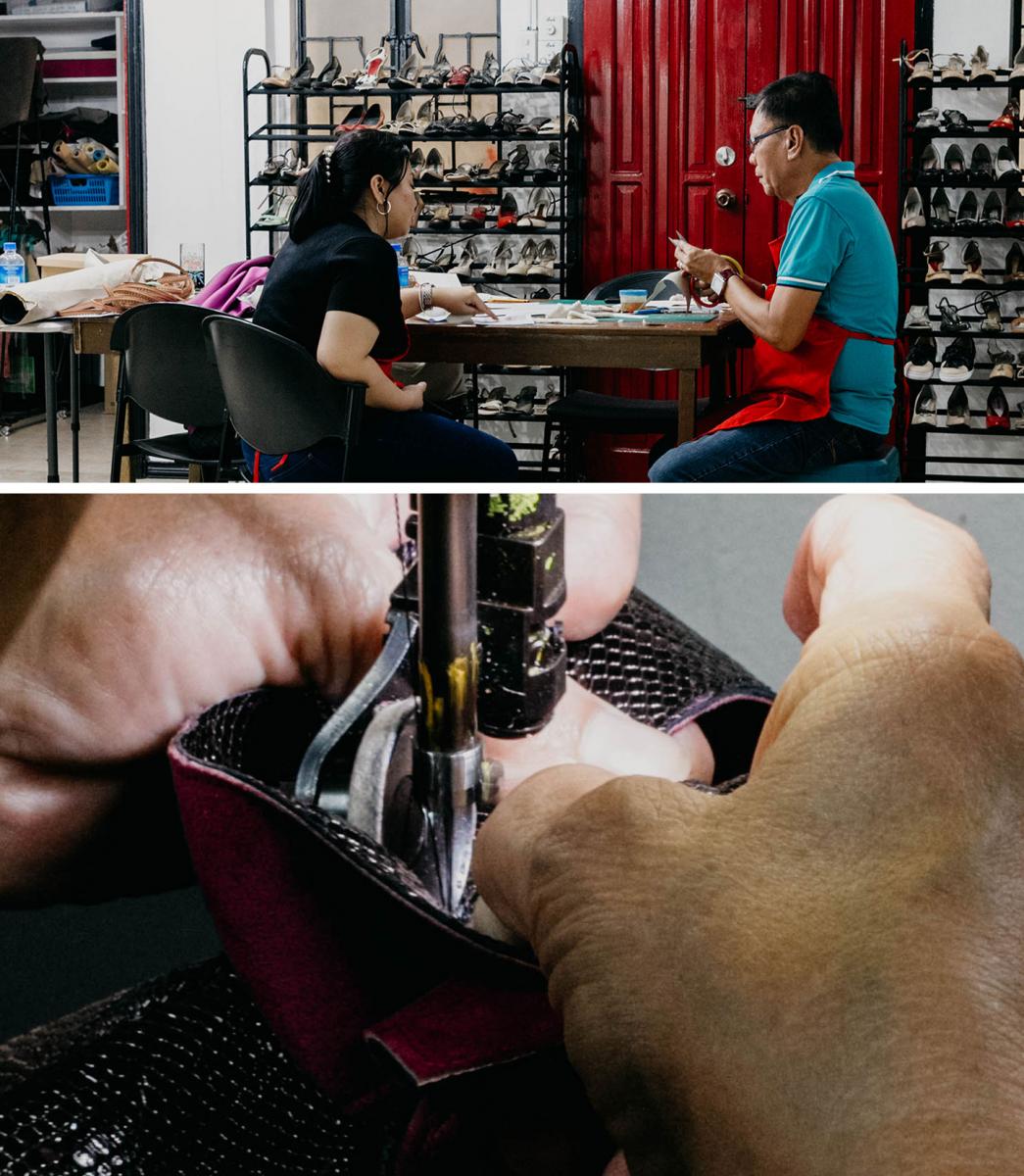
But it’s not always so quiet in Zapateria. Outside, at what they call the lasting and bottoming area, jokes and laughs are passed around like drinks after a long day. Designers and cobblers often gather here to chat openly with one another, or to spend their lunch breaks watching noontime shows on a small television above the shelf. “That’s where they watched Miss Universe,” Unyx Sta Ana points out, as she takes adobo magazine around a quick tour of Zapateria. She also candidly introduced their team of in-house makers and artisans, all of whom have had their fair share of experience in the shoe industry.
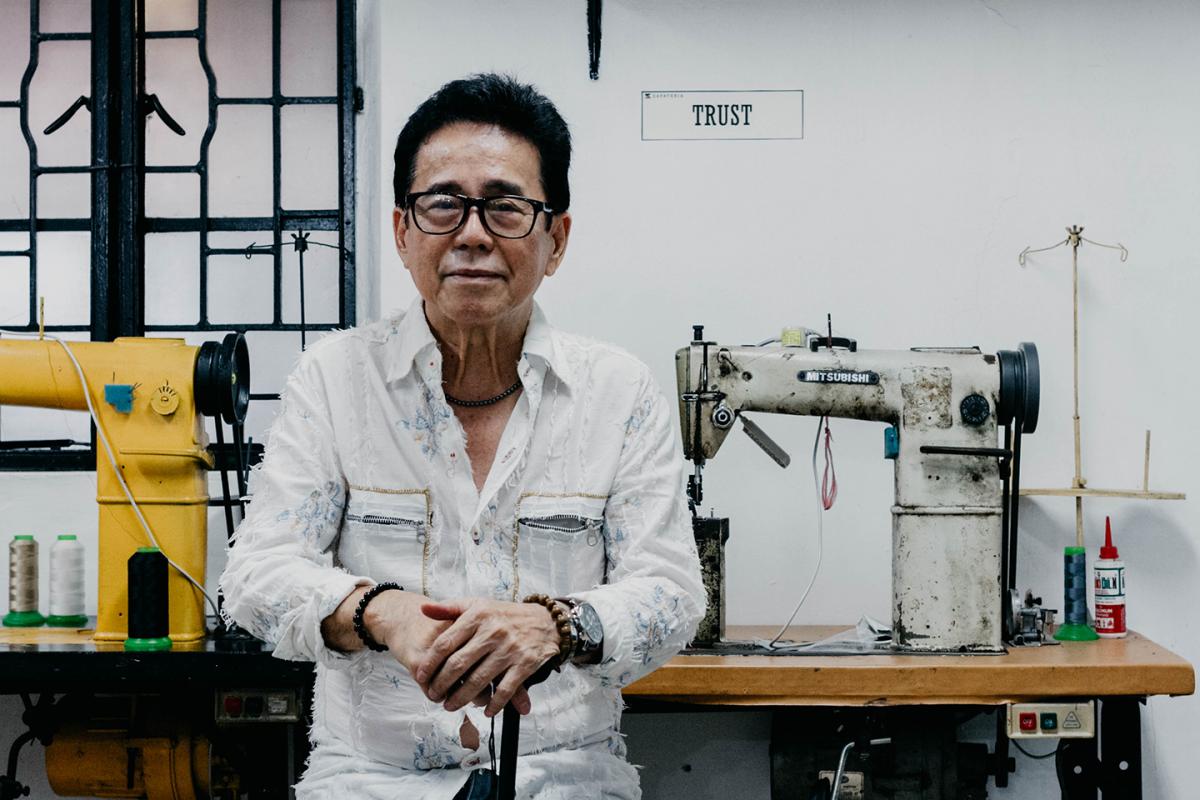
After surviving a life-threatening accident, Rico Sta Ana (pictured above) founded Zapateria
with his daughter, Unyx.
Zapateria was founded by Rico Sta. Ana and his daughter, Unyx, after the former got into a life-threatening accident in 2016. The accident made both father and daughter realize the significance of passing down the knowledge of shoemaking to younger generations to keep the heritage alive. Though the Sta. Ana’s have been in the shoe business for five generations now, launching Zapateria became more than just a family project—it was a way to give back and help the industry move forward. There was a need to create a platform that would attract, educate, and cultivate the new generation of shoemakers and designers. The vision was to make Zapateria that platform.
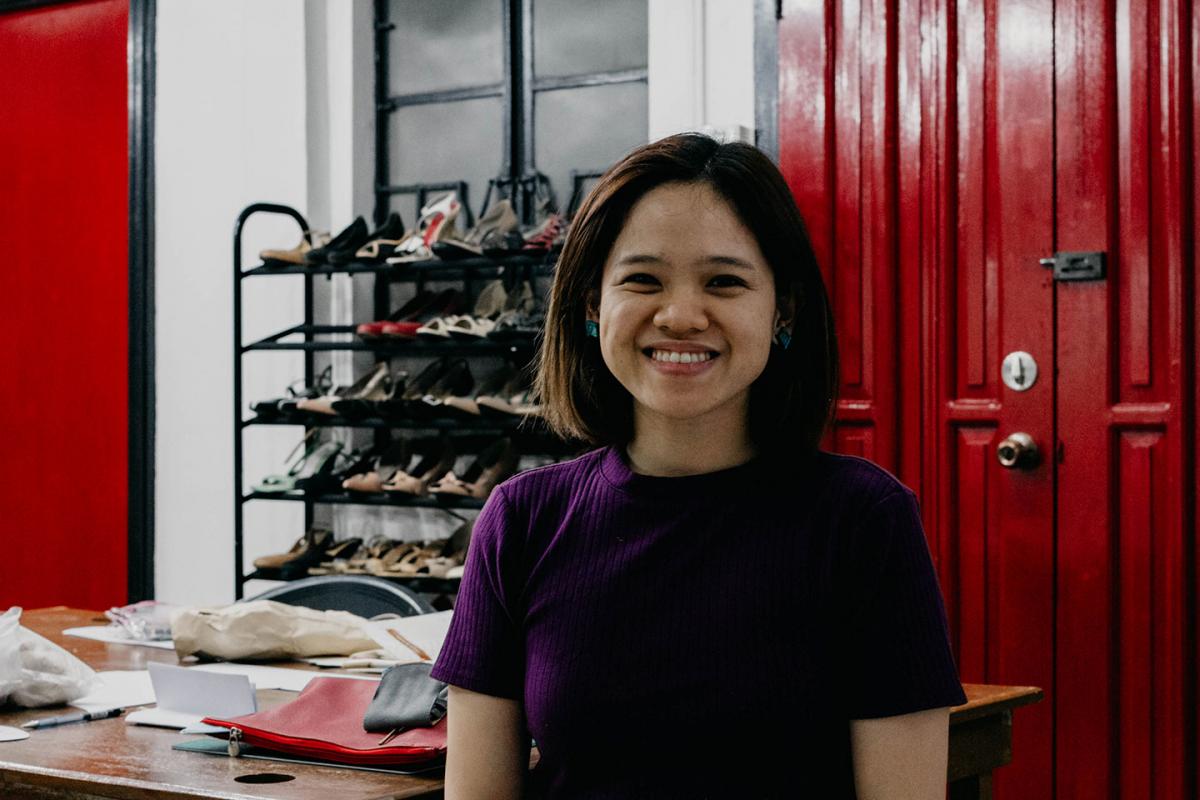
Although her family has been in the business for five generations, Unyx Sta. Ana confesses to being
a late-bloomer when it comes to shoemaking
“If we want the shoe industry to flourish, we have to make sure we have enough talents,” Unyx emphasizes. As a co-creation hub, Zapateria provides workshops, activities, and design sprints that help boost a neophyte’s skills-set or turn a creative entrepreneur’s dreams into reality. It is a place where both aspiring and established shoemakers and designers can come together to share knowledge, help execute ideas, and connect with relevant industry players.
“We invested a lot of time to get to know the members of the [shoemaking] community, and the different people we will be working with here in Zapateria. It wasn’t rushed, it wasn’t pressured. So a lot of it is built on trust.”
In less than a year since Zapateria was rst launched to the public, Unyx has come to see the team and her collaborators as family, which is what motivates her to make the hub successful, using her background in computer science to help innovate on Zapateria’s operations. In the last quarter of 2018, she finally made the decision to come on-board as a full-time employee of Zapateria, focusing on the hub’s sustainability. Now that she’s running the hub with her father, Unyx has also found the time to learn more about shoemaking, proudly showing off a design she has been manually stitching in the past few days.
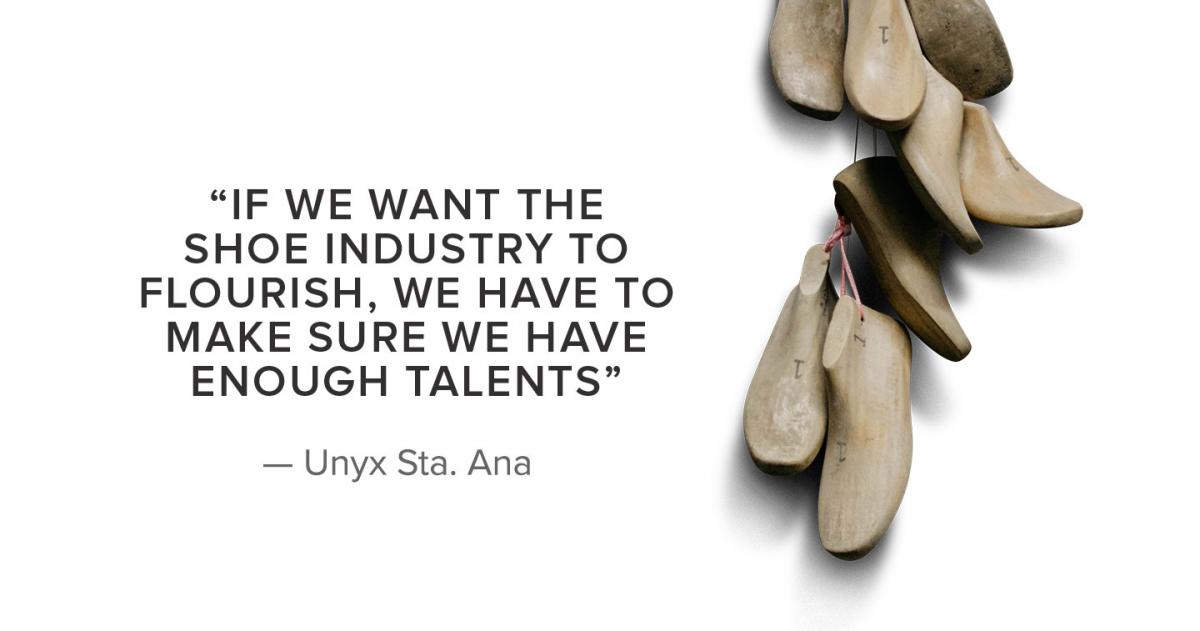
“I’m a daughter of a shoemaker, but I’m still learning!” she confesses, laughing. “I’m a late bloomer when it comes to shoes. The first time I really fell in love with it was in 2010 or 2011. But I still didn’t think I would put up a hub until the accident of my dad. When I [finally] went into shoes, [I realized] wow. I have to learn a lot. It’s like starting from scratch, but I felt very welcome. Maybe because it goes back to heart, to heritage, to building a community, and so forth.”
An open and collaborative community is what Unyx hopes to foster in Zapateria. In the same way she found herself being welcomed into the shoemaking world, a world that she now shares with her father, she hopes the hub would be the same to anyone who has the heart and the passion for shoes.
Perhaps it’s no accident then, that Zapateria exists within this old house that the Sta. Ana’s discovered back in 2017. After all, what better way to nurture a growing community, than to make them feel at home? “It’s not our house, but we make it look homey,” Unyx says softly, eyes wistfully traveling around the place as we continue to walk around. “Even when we welcome visitors, that’s how we hope they feel. I hope you felt the same way.”
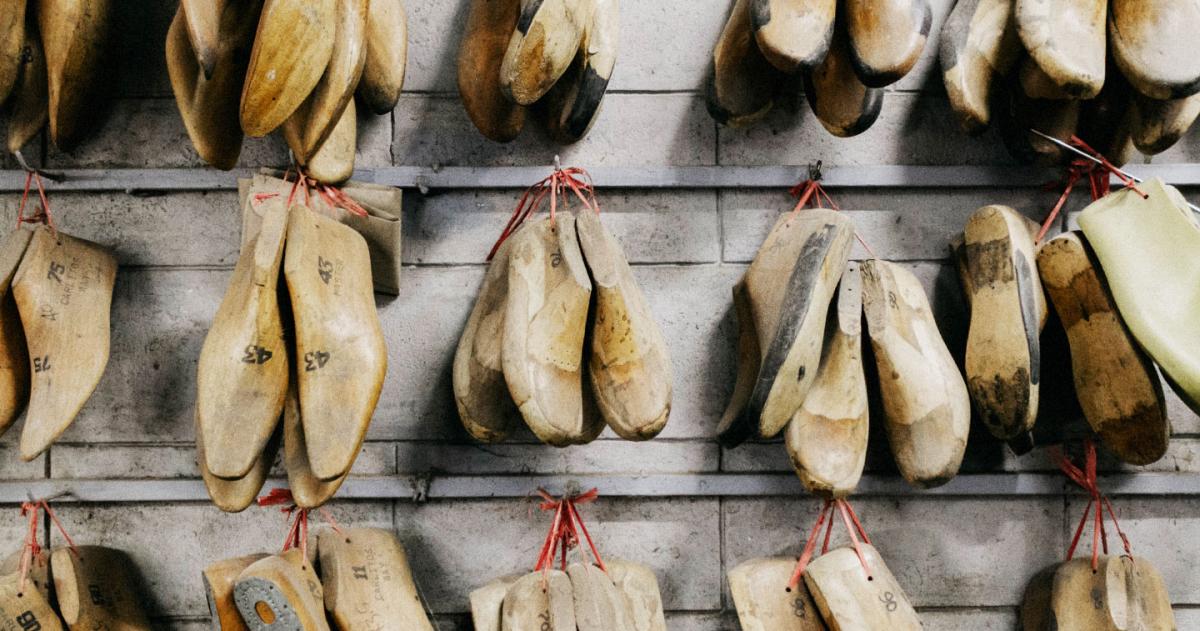
This article appeared on the 76th issue of adobo magazine: The Creative Economy

